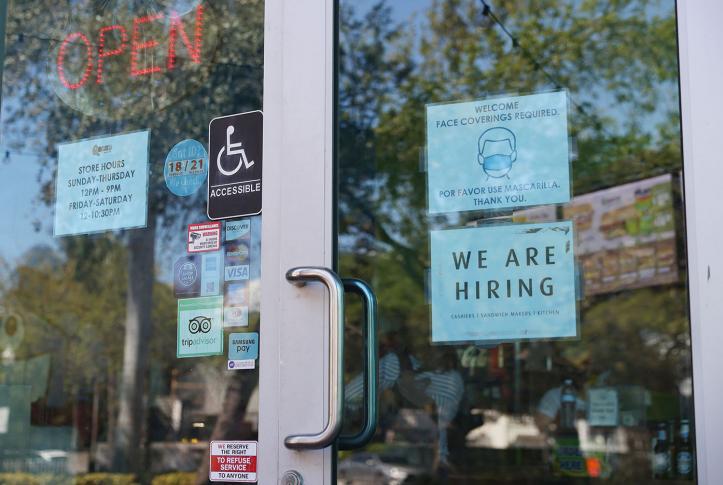Abstract
- Issue: The American Rescue Plan offers financial incentives for 14 states to expand Medicaid eligibility for low-income adults, as all other states have done. In these states, people below the federal poverty level have no access to Medicaid or marketplace coverage. Expanding Medicaid would yield economic benefits in addition to gains in health care access.
- Goal: To analyze how states’ decisions to expand Medicaid would affect federal funding, jobs, state economies, and state and local tax revenues.
- Methods: We project each state’s increase in federal funding under Medicaid expansion and its share of expansion expenditures (2022–2024) and then use REMI’s PI+ dynamic economic model to estimate how these funding changes would impact economic outcomes.
- Key Findings and Conclusions: Expanding Medicaid would increase federal revenue to the 14 states by $49 billion in 2022; state matching costs would be $5 billion. More than 1 million jobs would be created nationwide, with largest gains in Texas (298,900), Florida (134,700), North Carolina (83,000), and Georgia (64,300). Collectively, the 14 states would expand their economies by $350 billion from 2022 to 2025. While state governments would bear some additional costs, the American Rescue Plan’s bonus incentives plus additional tax revenues would exceed state matching costs.
Introduction
The American Rescue Plan Act (ARP) encourages states to expand their Medicaid programs to cover adults — up to age 65 — with incomes at or below 138 percent of the federal poverty level ($30,305 for a family of three in 2021).1 As of May 2021, 14 states have income limits well below that level: Alabama, Florida, Georgia, Kansas, Mississippi, Missouri, North Carolina, Oklahoma, South Carolina, South Dakota, Tennessee, Texas, Wisconsin, and Wyoming. Missouri and Oklahoma passed ballot initiatives to expand coverage but have not yet implemented expansion, and Wisconsin has a partial expansion covering adults up to 100 percent of poverty.
Under Section 3105, the ARP offers these states “bonus” federal funding if they implement the Medicaid eligibility for adults up to 138 percent of poverty authorized under the Affordable Care Act (ACA). They may earn an additional five-percentage-point federal match on their regular Medicaid expenditures for two years (not including costs for those newly eligible, disproportionate share hospital (DSH) payments, and some other expenses) to help defray state matching costs. More valuable, they will also gain the ACA’s 90 percent federal matching funds to pay for the costs of covering newly eligible adults.
This issue brief analyzes the economic and employment effects for the 14 states, and for the overall nation, if they adopt Medicaid expansion. Ballot initiatives to expand Medicaid eligibility have already passed in Oklahoma and Missouri, while the other 12 states have yet to act. Under ARP, they would gain two years of additional federal funding, effective no matter when the states expand coverage. Missouri and Oklahoma are supposed to adopt expansion by July 1, 2021, but expansion in Missouri has been thrown into question because the legislature has not authorized funding.
To make all comparisons equivalent, we assume that each state implements a Medicaid expansion effective January 1, 2022. We provide estimates of the gains that each state would have through expansion, although other states would benefit as well. For example, if Georgia expands its Medicaid program, some Florida workers or businesses (and even those in Texas or California) also would benefit, because of the interstate flow of goods and labor.
We present data for effects of expansion from 2022 through 2025, assuming all states expand starting in January 2022. This includes two years in which the states earn the ARP bonus payments (2022 and 2023), as well as two years after bonuses expire (2024 and 2025), to present longer-term effects.
We use REMI’s PI+ (Regional Economic Models, Inc., Policy Insight +) dynamic economic model to estimate these changes (see Technical Appendix for more details). Exhibit 1 illustrates the underlying “multiplier effect” principle: additional federal Medicaid revenue earned by states leads to increased health care revenue, which ultimately translates into increased employment, business, and consumer activity.
